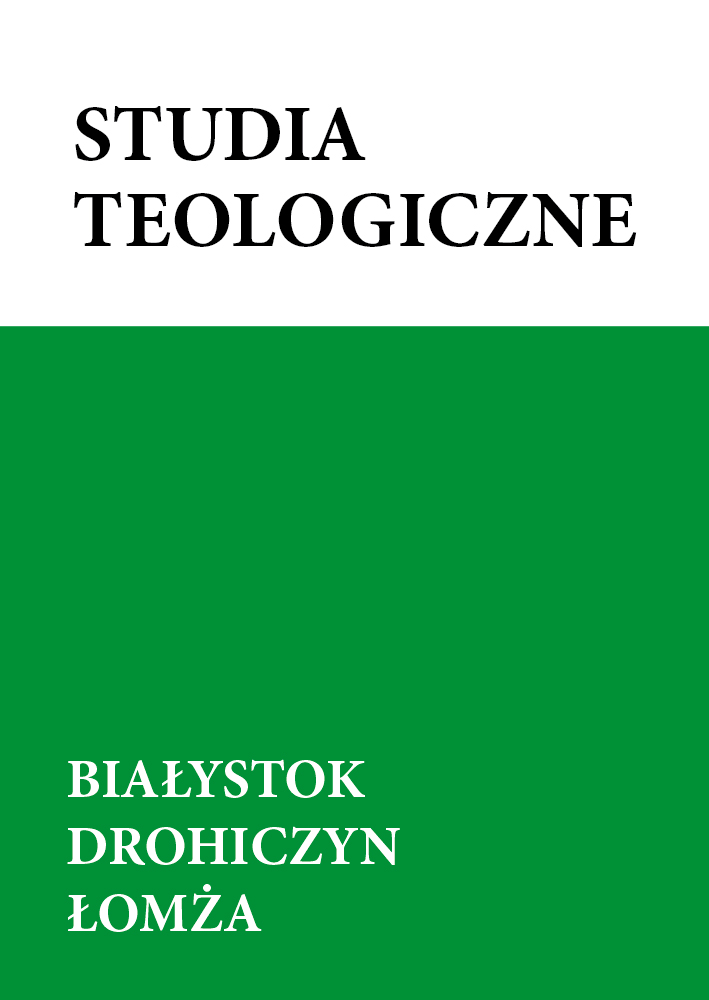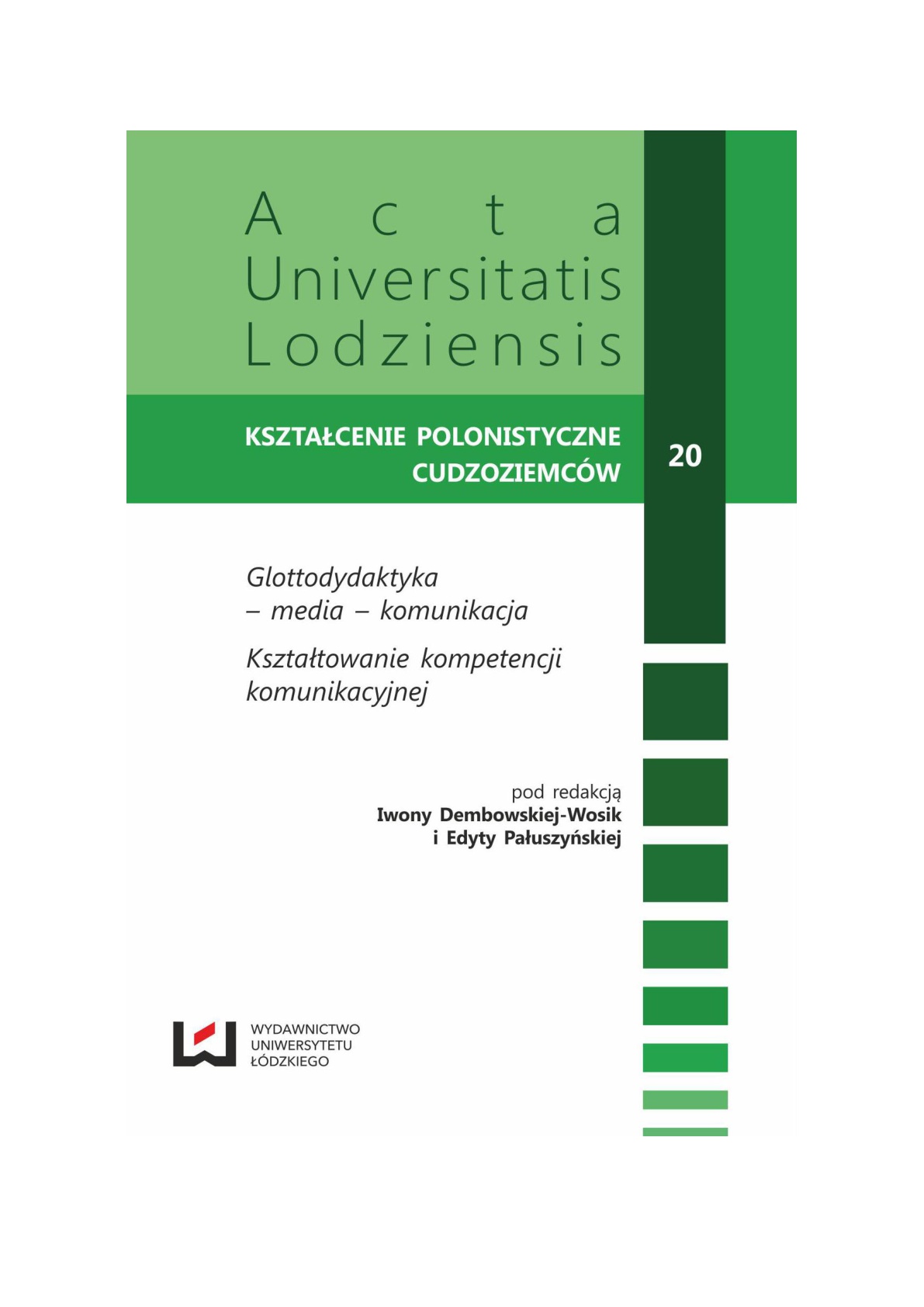Этимологический анализ некоторых параллельных фразеологических единиц
The etymological analysis of Slavic phraseological units offers the possibility to discover new and perspectives correspondences, as justified by the findings of Opalkova (2004) and Mokienko (2008). This study contains the analysis of areal aspects of some Slovak phraseological units that involved as a result of cultural and linguistic contacts in the Carpathian Basin. Certain parallels were found between Hungarian and Slovak phraseological units, which made a more extended investigation necessary between the transmitter and recipient languages. The investigation included the examination of European languages that had direct contact with both Hungarian and Slovak to establish the presented or lack of a given structure. In the case of the examined parallel structures it was justified that the metaphorical image of the phraseological expression is generally missing from European languages. Further parallel forms were found in Turkish that envolved as a result of Finno-Ugrian and Turkish contacts. This phenomenon entails that the Slovak phraseological units arrived in Slovak from the Hungarian. The transmission is further justified by the fact that Slovak phraseology uses words in metaphorical images borrowed from Hungarian that have a Turkish origin. This relationship could only be formed via Hungarian and Slovak contacts. This comparative analysis hopefully contributes to the systematic etymological analysis of Slovak phraseology deemed necessary by Opalkova.
More...

